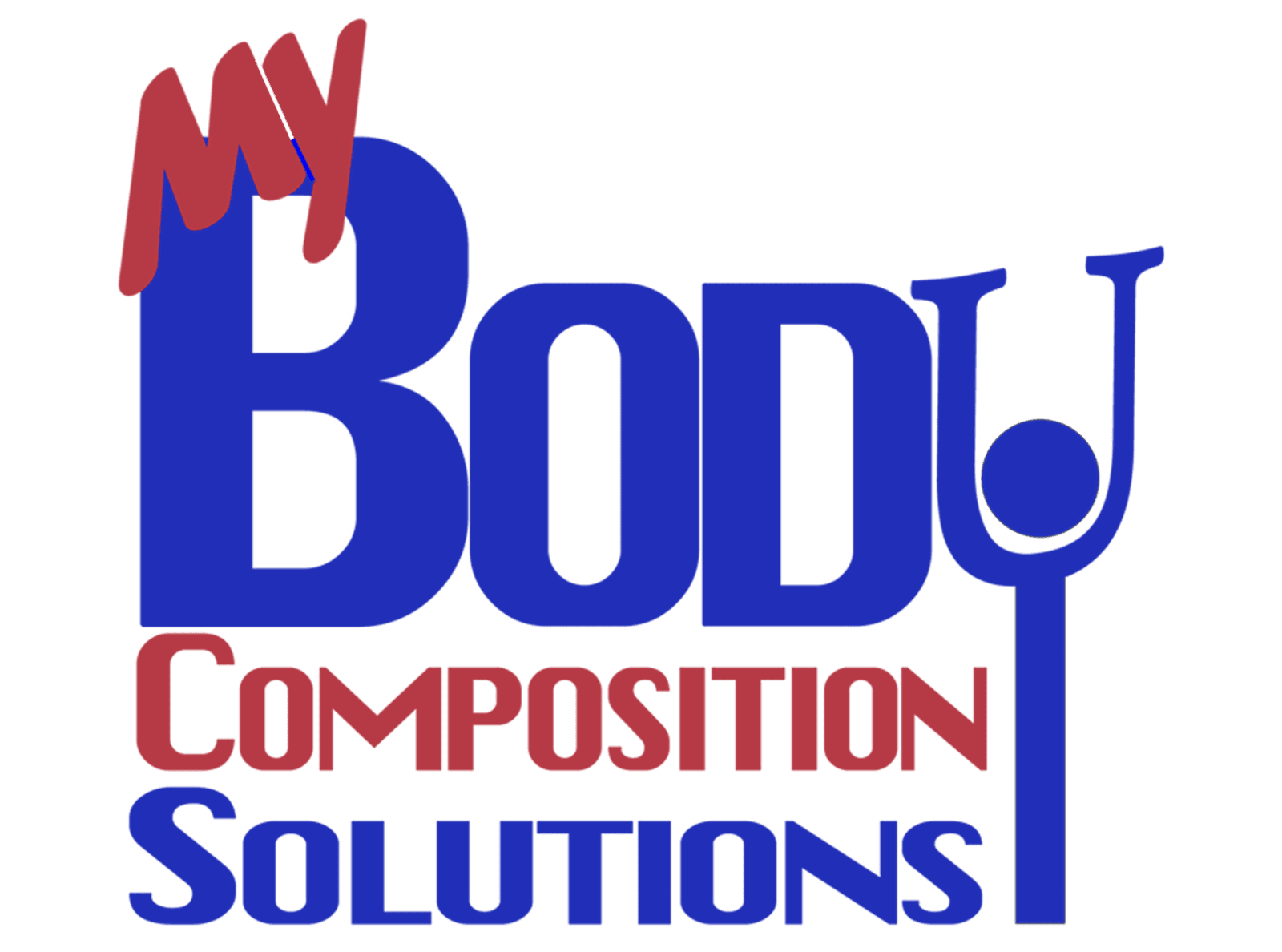If you’re a vegan, or if you’re considering becoming one, you’ve probably heard this concern voiced time and time again: “How do you get enough protein?”
Because many of the most popular protein sources, such as meat and dairy, are animal-based, it can sometimes seem like a daunting task to fill up on protein as a vegan. This problem might strike you as even more complex if you’re trying to build muscle, a feat that usually requires ingesting ample protein — far more than the recommended intake for maintaining general health.
However, the good news is that there are plenty of ways for vegan bodybuilders to get their protein needs met — you just need to know what to look for and how to include it in your diet.
In this article, we’ll talk about what it really takes to get enough protein as a vegan and go over some of the best sources of animal-free energy.
The science of building muscle
The science of building muscle
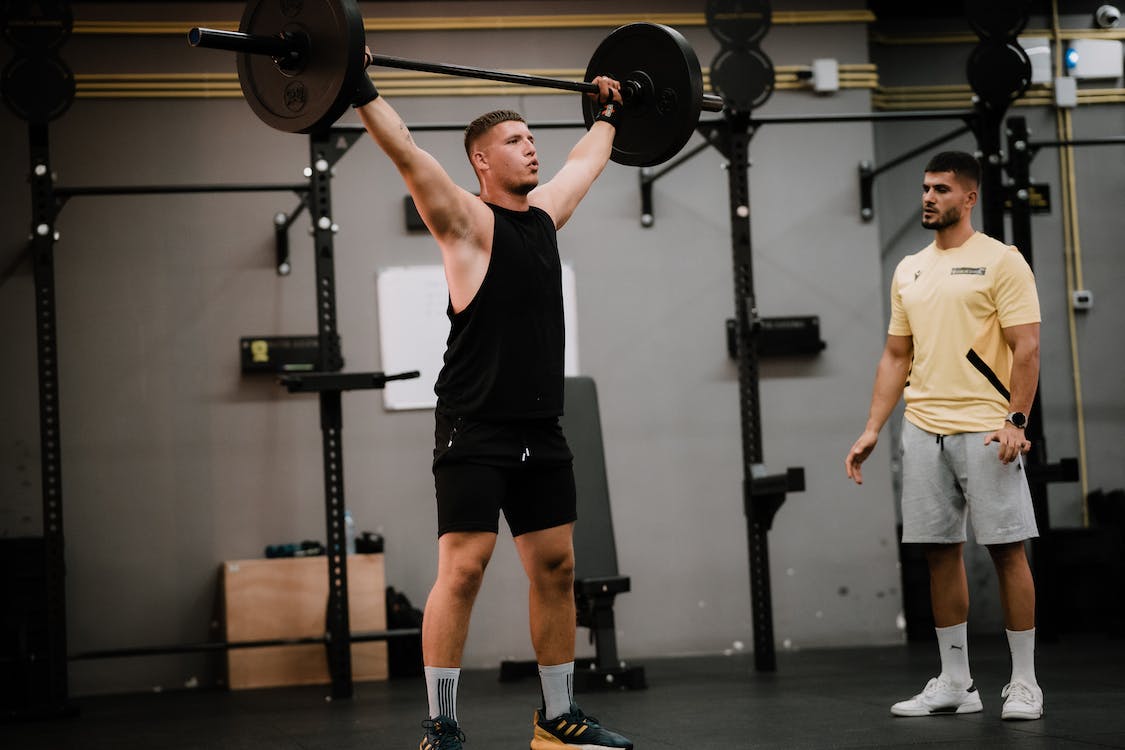
In order to grow muscle (a process also known as muscle hypertrophy), you need two things: resistance training and adequate nutrition.
Heavy resistance training, like weight lifting, is stressful for your muscles. After an intense workout, your stressed and damaged muscle fibers undergo a process known as muscle protein breakdown, in which the protein in your muscles breaks down into smaller components called amino acids.
However, if you pair your workout routine with the right diet, your muscle fibers can be rebuilt through a process called muscle protein synthesis, in which your muscles can recover, generate new proteins, and ultimately grow into bigger, stronger muscles.
So, what does the “right diet” look like in this case? In order to help your body recover after a tough workout, you should be in a calorie surplus (in other words, eating more calories than your body uses in a day), so that your body has the energy necessary to fill out.
In addition, it’s also incredibly important to eat adequate amounts of protein to help your muscles recover.
How much protein do you need?
The total amount of protein that you should include in your diet can vary; it depends on your current health and your overall goals.
For example, someone who is not exercising and simply wants to make sure they get enough protein for their regular bodily functions should aim to eat 0.8 grams per kilogram of their body weight, or about 0.36 grams per pound of their body weight.
However, if you’re looking to build muscle, you should aim to eat more protein. Many researchers believe that you get optimal results if you eat at least 1.3-1.8 grams of protein per kilogram of your body weight per day.
An in-depth look at protein
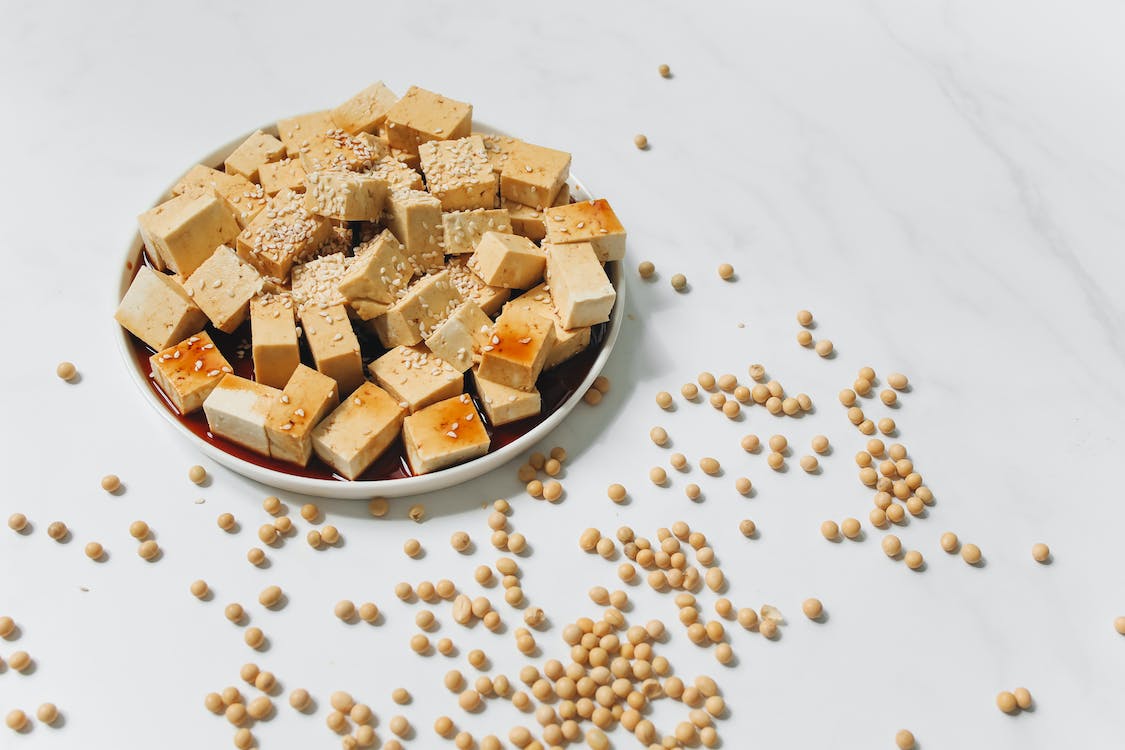
At this point, you may be wondering, “How exactly does protein help me build muscle in the first place?”
Protein, which you may have heard referred to as your body’s “building blocks,” makes up the structure of your body’s tissues, including your muscle tissue. Since muscle hypertrophy is dependent on protein, eating protein after you exercise can increase your rate of muscle protein synthesis vs. muscle protein breakdown.
In other words, the key to building those bigger muscle fibers it to complement your workout routine by eating enough protein afterwards!
We’ve also mentioned the importance of amino acids, or the smaller components that protein molecules break down into. Protein molecules in humans are actually made up of 20 different amino acids, 11 of which your body can make on its own.
However, your body can’t easily manufacture the remaining nine amino acids, which means that they need to come from your diet instead. These nine amino acids are called essential amino acids (EAA).
Why this matters in a weight lifting context: essential amino acids play crucial roles in protein synthesis and, subsequently, muscle growth.
Of particular importance are the branched-chain amino acids (BCAAS): leucine, isoleucine, and valine. These amino acids are thought to fuel the process of protein synthesis.
In order for your muscles to grow, your body needs adequate protein — and furthermore, you need to make sure that the protein sources you eat are providing enough of all those EAAs that are essential to the process.
Unfortunately, not all protein sources are the same; protein sources can be categorized as either complete or incomplete. Complete proteins have all the essential amino acids in the amounts that your body needs.
Incomplete proteins, on the other hand, do not have optimal amounts of all of the amino acids you require for protein synthesis. Instead, they may be lacking one or more EAAs, which are referred to as the limiting amino acid(s).
Many kinds of food contain protein, including a variety of plant-based foods. But the issue is that branched-chain amino acids (BCAAS):, so vegan-friendly protein sources (when consumed on their own) often don’t have enough of the essential amino acids you need to grow your muscles.
How do vegan bodybuilders get enough protein?
How do vegan bodybuilders get enough protein?
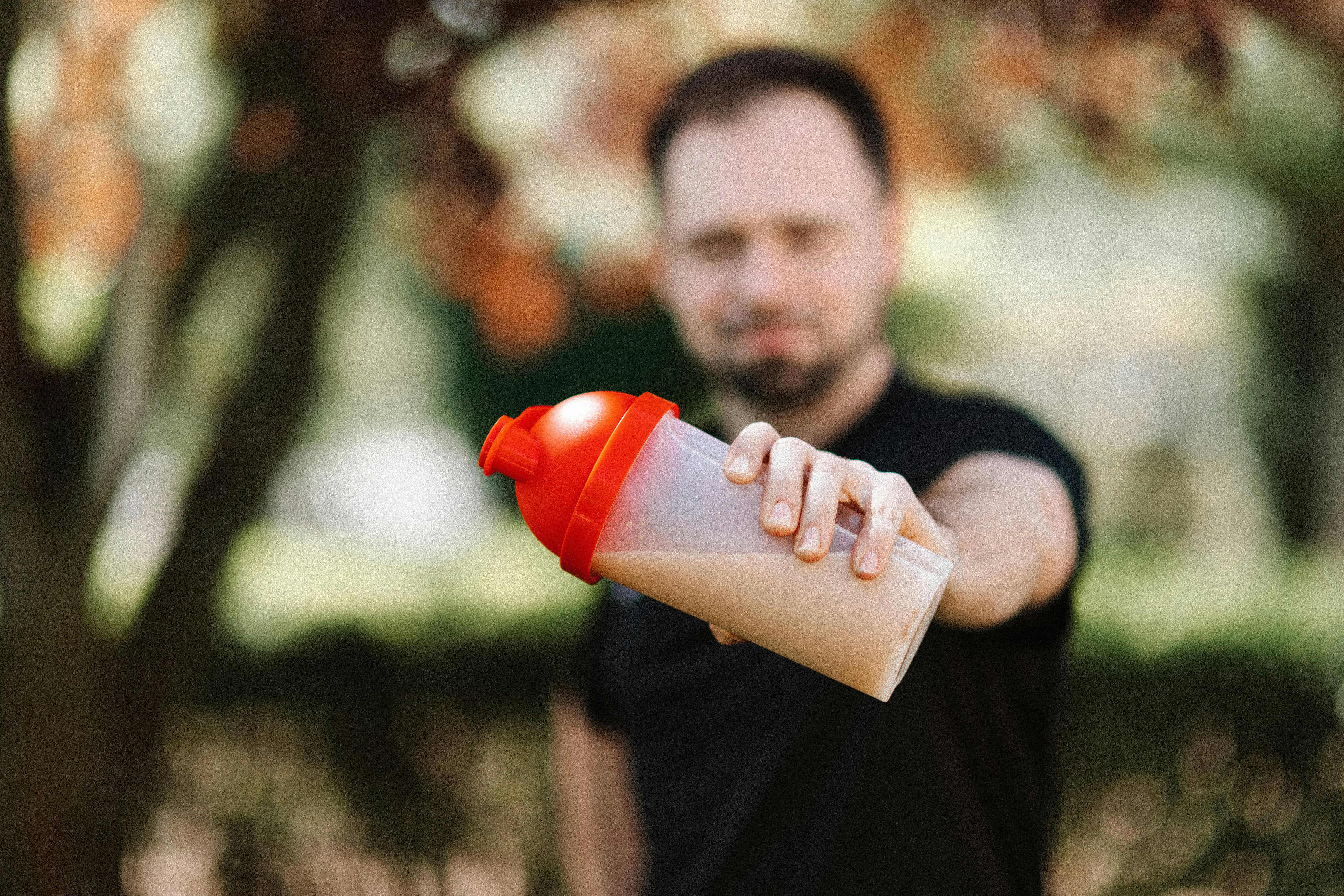
Veganism is a practice in which you abstain from eating any animal products. This includes meat, fish, dairy, and eggs, which are some of the most widely recognized and consumed protein sources in the fitness world.
Instead, vegans have to stick to plant-based protein sources. We’ve already mentioned that many plant-based foods have some amount of protein, but they are also usually incomplete protein sources that may not include all of the amino acids your body needs to build muscle.
However, even with this limitation, you can still be just as successful at building muscle as someone who is eating complete proteins from animal-based foods.
Small studies have found that as long as you’re getting enough total protein in adequate amounts, there is no significant difference in animal versus plant protein for building muscle.
So, how can vegans manage to build muscle even when they don’t have a ton of complete protein sources to choose from? They simply combine their protein sources, and make sure that they’re getting plenty of them!
Even though most plant-based proteins are lacking in adequate amounts of one or more essential amino acids, other families of plant-based foods generally have enough of that amino acid while being limited in another.
So, the solution to getting enough complete vegan protein is simply to make sure that you’re eating several different kinds of vegan protein that complement each other!
Complementary protein sources are two or more protein sources that make up for the limiting amino acids in each other. By eating complementary proteins, you can ensure that you’re getting enough total protein plus all of the amino acids that your muscles need.
Some examples of complementary protein sources include beans and rice, peanut butter and whole-grain bread, and corn and peas.
By eating a varied diet with plenty of protein sources from different plant families, you can consume all of the essential amino acids that your muscles need to grow.
Best protein sources for vegan athletes
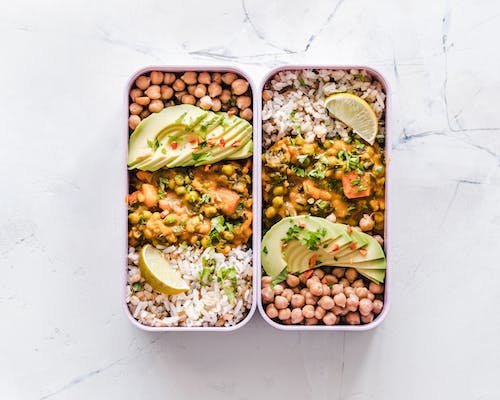
Now, let’s talk about some examples of good protein sources for vegans and discuss how much protein you can get per serving of them.
Remember, it’s important to eat several of these protein sources if you want to fill up on all of your essential amino acids, so make sure to include a wide variety of these in your diet for the best muscle-building results.
1. Nuts and seeds
Nuts and seeds are packed with nutrients, making them a quintessential vegan and vegetarian favorite. Not only do nuts and seeds provide healthy fats and complex carbohydrates, but many of them are also excellent sources of plant-based protein.
Case in point: one serving of raw almonds (about 23 nuts) provides 6 grams of protein, while two tablespoons of peanut butter provide about 8 grams of protein.
Use nuts and seeds to top your salads, grain bowls, and smoothies, or grab a handful and eat them as a filling and protein-rich snack.
2. Tofu
Tofu is a soy-based product that has been a protein staple for American vegans and vegetarians for decades. Invented in China about two thousand years ago, one 3-ounce serving of tofu will provide about 9 grams of protein!
You can also use tofu very similarly to how you would use meat, poultry, and fish, which makes it a great transition protein for someone who is just beginning to make the switch to a plant-based lifestyle.
Fry, grill, bake, steam, or even smoke tofu the same way that you would your meat.
3. Legumes
Legumes are a plant family that includes beans, peas, and lentils, all of which make for excellent vegan protein sources. For example, a half cup of black beans will give you 7.5 grams of protein.
Meanwhile, a half cup of green peas has almost 4 grams of protein.
4. Quinoa
Quinoa has been gaining a reputation for being one of the most nutritious grains, not least because of its excellent protein content. In fact, a single cup of quinoa provides about 8 grams of protein!
Use quinoa as a base for your grain bowls or mix it into your salads to add heartiness and nutrition to every bite.
5. Grains
Believe it or not, many grains are also a great source of protein! The trick is to make sure that you’re using whole-grain versions of these carbohydrates rather than refined ones, since whole grains tend to offer more nutrients per serving.
Brown rice, for example, has about 3 grams of protein in each half cup. Bulgur wheat provides 6 grams of protein per cup, while a slice of multi-grain bread delivers approximately 3.5 grams of protein.
6. Oats
One cup of cooked oatmeal will give you about 5.5 grams of protein, which means that your overnight oats or hearty hot cereal are both excellent opportunities to sneak in some extra protein first thing in the morning!
7. Tempeh
Tempeh is a food made from fermented soybeans, and a 3-ounce serving of tempeh provides 17 grams of protein. Tempeh is especially delicious when fried, steamed, or sauteed and served with a flavorful sauce (think teriyaki or barbecue).
8. Vegan protein supplements
In addition to eating whole proteins, many vegan bodybuilders also benefit from adding a protein supplement or two to their daily meal plan to ensure that they’re getting enough protein to maximize their workout results.
Some popular protein sources for vegan protein shakes and bars include:
1. Pea protein
2. Soy protein
3. Hemp protein
4. Brown rice
Conclusion
Conclusion
Bodybuilding is a sport that requires ample amounts of protein, which can sometimes feel like an overwhelming requirement if you’re a vegan.
However, plant-based eaters can definitely get all of the protein they need to make gains.
The most important rule of vegan bodybuilding is to eat a wide variety of plant-based proteins. This helps guarantee that you can get all of the essential amino acids your body needs to stimulate muscle growth and attain your goals.
Contact My Body Composition Solutions for an analysis of your composition and more information.
Disclaimer: This article should not substitute professional medical advice. When starting a new diet or exercise plan, always consult your physician and exercise professional first.
Information in this article has been extracted and edited from InBody USA blog ‘How do vegan bodybuilder get enough protein?’ Published by InBody USA 25th July 2023.
